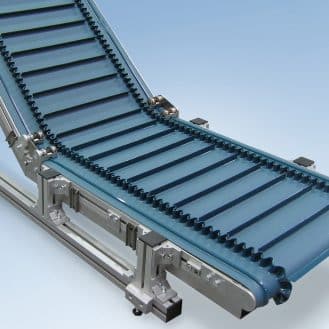Selection criteria for a filling machine:
Product to be packaged: This refers to the nature of the product. Is it a liquid, viscous, foamy, pasty, gaseous, or solid product? Is it a sticky product? Note that carbonated beverages, like champagne, require special pressurized filling and capping machines that eliminate air from the bottle.
Type of container: One of the critical factors to consider when purchasing a filling machine is the type of container you will be filling, its material, shape, and size. Do you need bottle fillers, bag fillers, container fillers, can fillers, drum fillers, etc.? The material of the container is also crucial. Are you using bottles made of glass or plastic, or Tetrak Pak cartons? If your container has a cap, we recommend opting for a filling and capping machine. The shape and size of the container will also impact the options available for your filling machine. It’s best to choose a machine that offers great flexibility and can handle a wide range of container shapes and sizes.
Production speed: This will depend on your production needs and the size of your business. Small filling machines have production rates expressed in the number of containers filled per hour, while large filling machines have rates indicated in the number of containers filled per minute. For large-scale productions, opt for large filling machines.
Operating mode: This refers to the machine’s level of automation. Fillers can be manual, semi-automatic, or automatic.
Available space: Filling machines can be quite bulky, so you must ensure you have enough space in your workspace.
Maintenance: If you use your filling machine to package different liquids, you will need to clean it each time you change liquids. However, cleaning a filling machine often requires disassembling all of the parts that come in contact with the product. You can always opt for an electric filler with an integrated cleaning system that cleans the machine without the need for disassembly.














